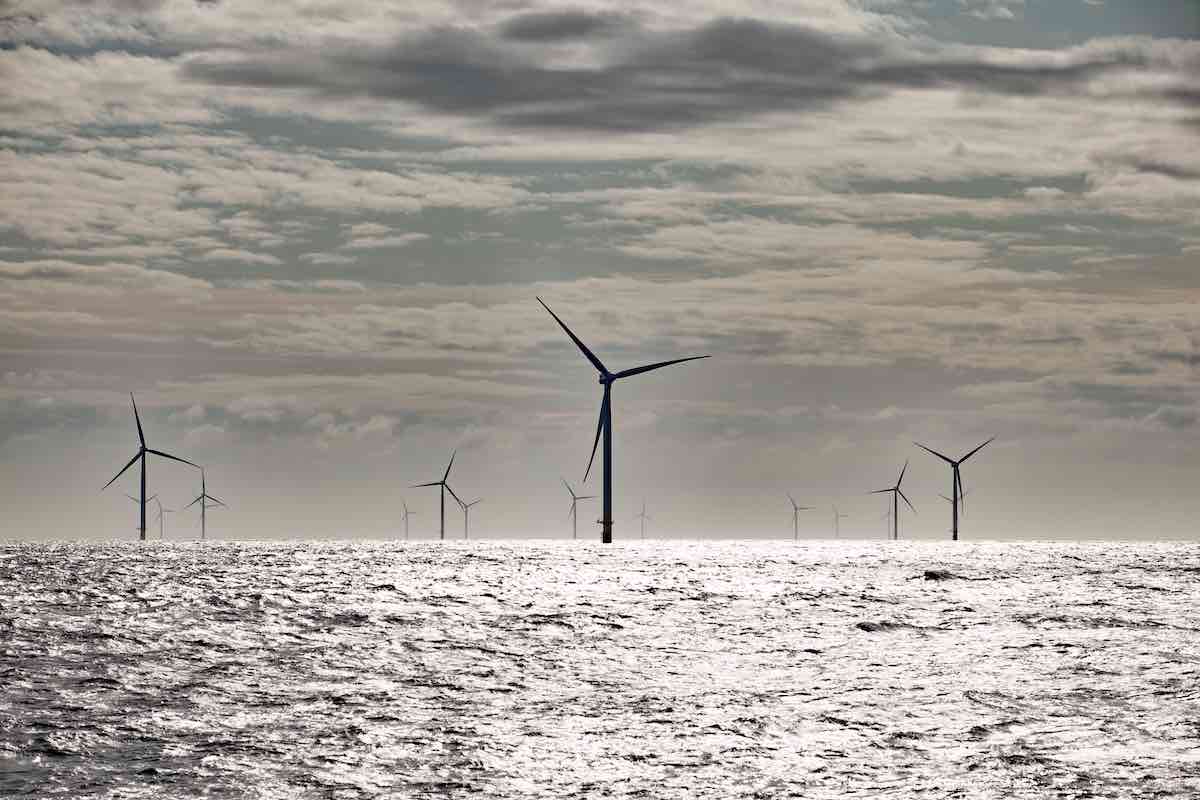Anyone wondering about the economic impact offshore wind will have on Australian coastal communities should start by looking at my home town. Grimsby, a port 320 kilometres northeast of London, was once known for having the world’s largest fishing fleet.
But after many years of post-industrial decline, it has been transformed into a thriving renewable energy hub in less than a decade. Investments are flowing in along with new jobs for retrained oil and gas workers, and well-paid, future-proof jobs for the region’s next generation.
Ørsted has been in Grimsby since 2014. From the very outset, we committed to creating opportunities for local people to develop new skills and join the offshore wind industry.
Almost a decade later, we have more than 600 workers based out of our East Coast hub, where they work on some of the largest offshore wind projects in the world.
Many of these jobs are in construction or operations, but we also have people working in a wide range of other roles from finance and legal to marketing and communications. And that’s not to mention the thousands of additional jobs that have been created for local businesses supplying everything from hospitality and transport to personal protective equipment and training services.
Education is key. Developing an apprenticeship program that combines classroom learning and on-the-job experience is crucial when teaching young people how to safely operate and maintain offshore wind turbines. Ørsted has been running a four-year apprenticeship program since 2017.
This has been completed by more than 70 apprentices in the UK and we have a 100% retention rate. Some joined us straight from school, while others were already in the workforce and wanted a change of career.
They come from a wide range of different backgrounds – from heavy industry and manufacturing to farming to hairdressing – but they all tend to be ambitious and proactive with a love of learning.
Technical colleges and training providers like TAFE will play a crucial role in preparing Australians for this new industry.
In the UK, similar partnerships have been invaluable in ensuring our apprentices have the skills they need to succeed. They gain a range of supplementary skills including advanced first aid and rescue techniques as well as self-awareness and financial literacy. They have mentors and easy access to mental health services.
The job of a wind technician is changing rapidly. Some of the work still involves spanners and oily rags, but they might also find themselves flying a drone or analysing data on an iPad.
They travel to work most days in a helicopter or on a boat. And the career path isn’t binary, so they might go on to specialise in health and safety, project management, technical support or contract negotiation.
Building an inclusive and diverse workforce must be top of the agenda. One-third of Ørsted’s apprentices are women, and we’re constantly striving towards a more equal split.
We ask would-be apprentices to wear everyday clothes to interviews, as we know that not everyone has a suit in their wardrobe. And we also offer different ways to apply for roles to cater to those who don’t have access to technology.
Offshore wind is set to create thousands of jobs and economic growth that will power Gippsland and other Australian communities into the future.
It was great to see the appetite for learning new skills and starting offshore wind careers on my recent visit. I look forward to seeing Gippsland become an important hub that generates jobs, investment and a lasting green energy legacy.
Rob Howes is lead apprentice specialist at offshores wind company Ørsted









